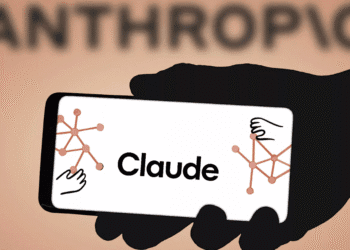Athira Sethu
Kochi, 24 October 2025
Over the past decade, social media usage has seen a steady rise, but recent data shows a shift in how people use these platforms. In 2015, social media usage grew by 14% globally, but by 2025, this growth rate is expected to drop to just 4%, indicating a slowdown in the expansion of social media. This shift is also noted in how long people spend on social media. The average time spent on social media each day for the world was at a high in recent years, but by 2025 should plateau.
Today, individuals spend 2 hours and 33 minutes per day on social media in India, representing 34% of time spent online and 6.3% of traffic on the internet. The platform where individuals spend the longest time is YouTube, with 3 hours and 49 minutes spent per day. Facebook users spend an average of 47 minutes per day, and Instagram users spend 35 minutes per day on their platforms.
There has been a significant change in user behavior and content interest. Approximately 80% of users spend the majority of their time viewing short videos or reels, and 90% of Facebook and Instagram users use the platforms mainly for video content. In contrast, only 17% of Facebook users use it for updates, and only 7% of Instagram users use it for stories.
As social media grows up, issues regarding their impact on mental health are increasing. Approximately 60% of the population view social media’s influence as negative, whereas just 40% consider it to be positive. Among adolescents, social media’s influence on mental health is particularly worrisome. Approximately 30% of adolescents feel addicted to social media, 20% feel lonely because of it, and 17% express sleep disturbance due to social media use.
The shifting trends and increasing focus on mental health indicate that social media is coming into a new age. Although the pace of the expansion of social media has slowed down, the harm it is causing, particularly to young people, is becoming increasingly evident. With an emphasis on video material, social media firms need to now learn how to capture users while working to contain the possible dangers of overuse.





















